 Palo Alto Stanford Heritage
Palo Alto Stanford Heritage 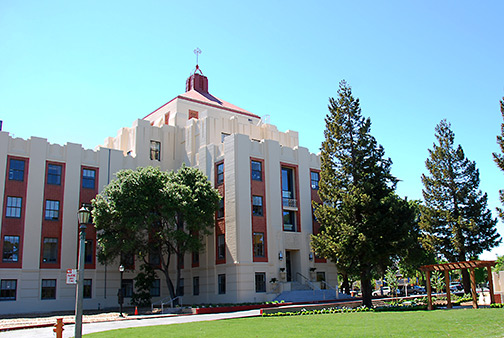
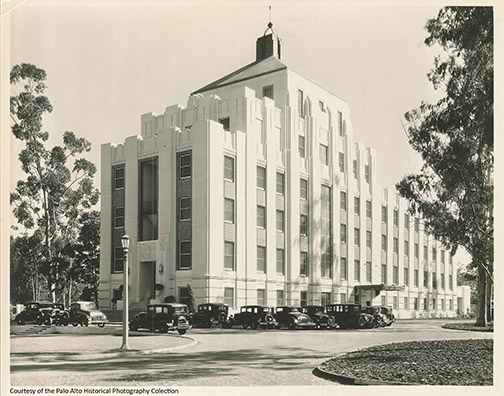
The Hoover Pavilion, located on approximately ten acres, was the last of Palo Alto’s hospitals. The saga of Palo Alto’s involvement in medical care is eerily similar to the current, national issue of universal health care. For over 40 years, the city’s involvement in health care garnered praise and raised dissension. Yet the quality of care was excellent. It was the need for a larger regional facility that led to its demise. It did, however, provide a template for cooperation between a government and medical institution that is still relevant. A little history: In the 1890’s, a Stanford University instructor, Dr. William Freeman Snow, established Palo Alto's first hospital in a frame building at the corner of Lytton and Cowper. It provided low cost care to University students and faculty. In 1908, a group of private physicians incorporated to found the Peninsula Hospital, consisting of 48 beds in a three–story frame structure bordered by Embarcadero, Cowper, and Churchill. It was never a profitable enterprise, and the investors convinced the city to buy it in 1921. A $55,000 hospital bond issue was passed and a contract made with Stanford whereby the University operated the institution while the city owned it. By 1929, a $250,000 bond issue was passed for a new hospital to be built at 285 Quarry Road on land that Stanford rented to the City for a nominal fee. This modern, 80–bed hospital, which we know as the Hoover Pavilion, opened in 1931. At $6.50 per room, the hospital’s popularity was guaranteed. Population growth led, in 1937, to another $175,000 bond for an 80–bed addition; this addition was not built until 1942. By 1954, a further 200–bed addition necessitated passage of a $4,000,000 bond. Surely, a collective sigh of relief from Palo Alto’s taxpayers arose when a competing scheme for an entirely new facility was advanced at this time, and, in 1959, the Palo Alto–Stanford Medical Center was opened.
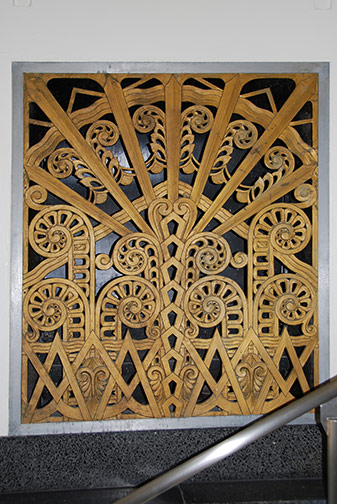
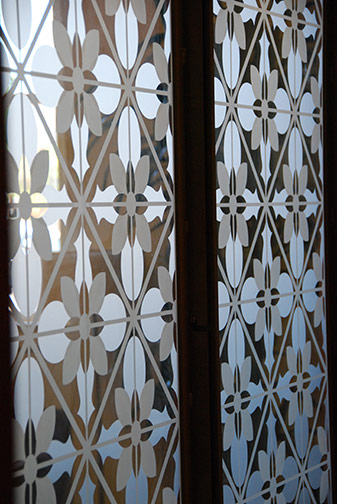
Despite endless bond measures and City Council diatribes, the Hoover Pavilion resonates strongly not only because it was the birthplace of many locals but also because of its striking architecture. Designed by the important Oakland firm of Reed and Corlett, it is a notable example of the Art Deco style. William Corlett, born in 1856 on the Isle of Man, had established a large architectural and planning office. His special interest in intelligent building design is evident here in his use of the pavilion plan, in which wards were wide enough for beds to be next to windows on each wall. Thus, every patient had access to natural light and ventilation. Reed, a native Californian and MIT graduate, became Corlett’s partner in 1912. Together, they have a dozen buildings on the National Register of Historic Resources.
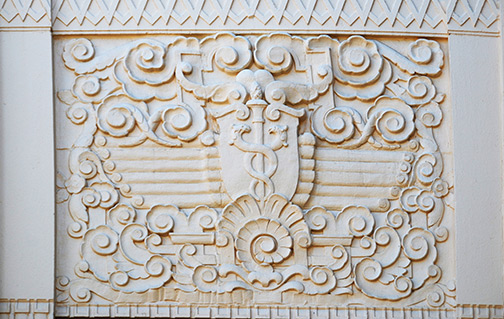
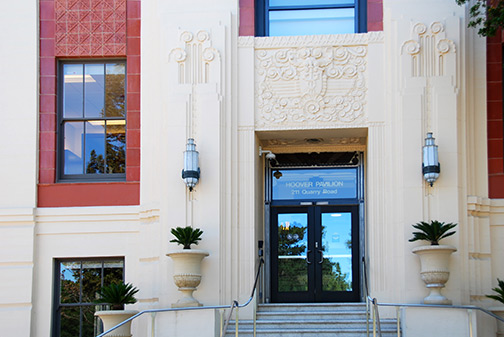
Recently, the 82,000 square foot Hoover Pavilion was modernized (without bond measures) at a cost of 50 million dollars. The building’s Art Deco façade, represented in a ziggurat or stepped form, was preserved. Ancient Mesopotamian temples used the ziggurat form, in which a lofty pyramidal structure was built in successive stages with outside staircases and a shrine at the top. Original elements of the Art Deco building that remain include light fixtures, restored or replaced windows, stylized floral and geometric terracotta panels on the façade, decorative grillwork and a rectangular metal angel. With the encouragement of Palo Alto’s Historic Resources Board, Stanford replicated and replaced the iron finial, which originally stood atop the building’s tower but which had been removed during World War II.
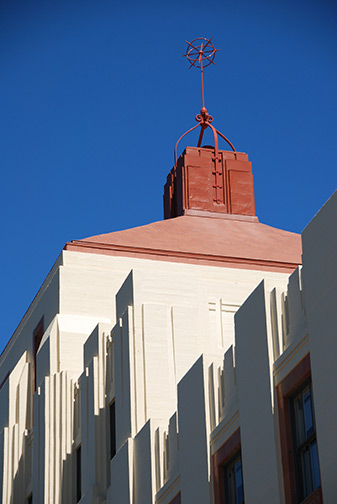
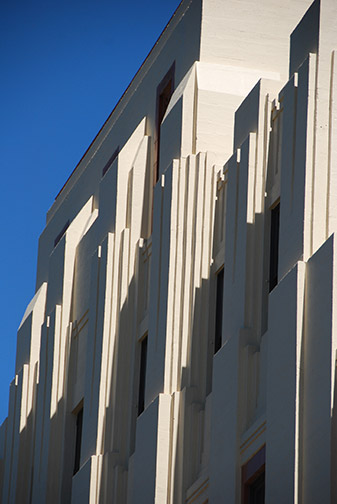
The Hoover Pavilion, Palo Alto’s first skyscraper, has been remodeled to accommodate modern medicine and has had its facade restored to honor Palo Alto’s history. It is currently eligible for inclusion on both the California and National Registers of Historic Places. ©
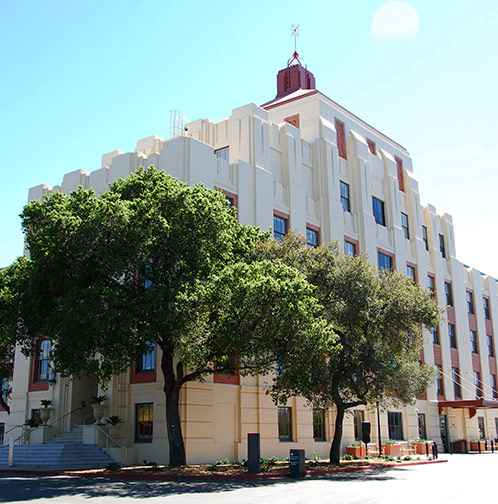
PAST, March 29, 2013
E-mail us at either webmaster@pastheritage.org or president@pastheritage.org.
![]() Palo Alto Stanford Heritage—Dedicated to the preservation of Palo Alto's historic buildings.
Palo Alto Stanford Heritage—Dedicated to the preservation of Palo Alto's historic buildings.
Copyright © 2015 Palo Alto Stanford Heritage. All rights reserved.